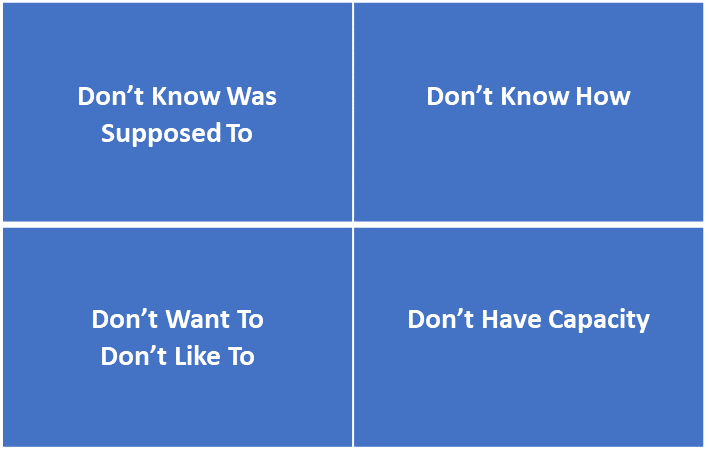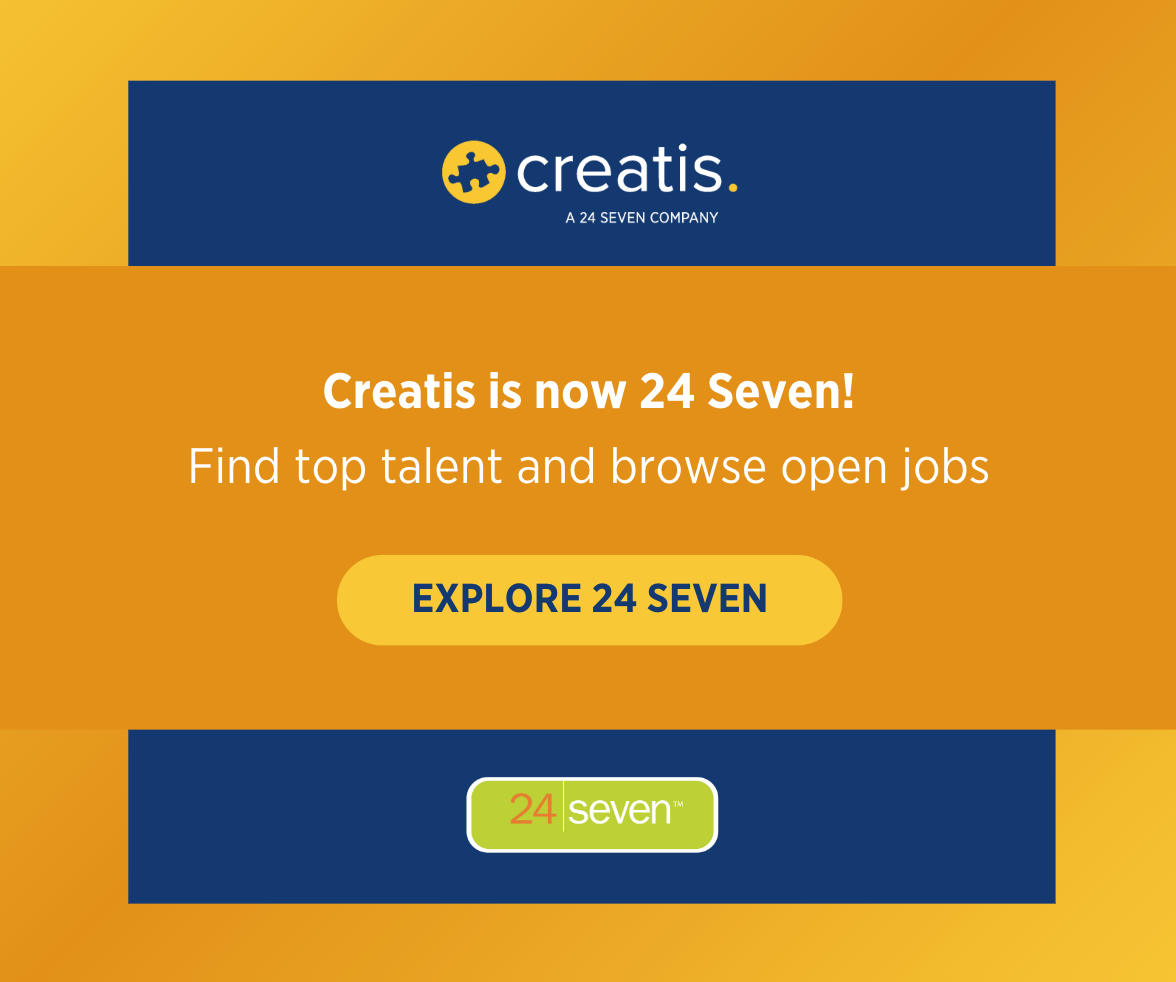Why "just do as I say" doesn't seem to work anymore (and probably never did)
I never had the chance to have kids. So I never went through the stage where my two-year old son questioned everything by asking 'why' over and over (and over) - or the teenage years when my daughter did EXACTLY the opposite of what I asked her to do. I never got a chance to use the "Just do it because I say so" or "I'm the mom, that's why" lines - a skill which quite honestly may have come in handy during my business career. But employees aren't children of course, and using the "just do as I say" directive is not very effective leadership. Even if at times one gets awfully frustrated when things aren't getting done.
Whether baby boomer or millennial or gen z, it strikes me that no one likes to be told what to do. Or at least the highly productive business professionals I've worked with don't. We all want to feel empowered. We all want to control our own destiny. We all want to have expectations of us clearly stated so we can do great work. I doubt that any of us show up to work with a goal of NOT meeting our boss' expectations of what is needed from us that day.
So why is it, then, that people don't always do what they say they are going to do?
Good question.

I was talking recently with my friend and colleague, Kurt Theriault, who is the President of Allied Executives, about how to effectively run our business and he shared this model with me. As an aside - Allied Executives is a great resource for business leaders and sponsors the CEO Peer group that I participate in monthly. Check 'em out at www.alliedexecutives.com.
We were discussing why seemingly talented and engaged business people sometimes just aren't cutting it. Even with crystal clear direction on what is expected of them, they can not or will not do what is needed. He shared the following reasons why this might be happening:
- Don't Know Was Supposed To - This is the scenario where an employee has the right attitude and skills, but is working from unclear direction. He/she probably has not had great engagement from a boss who has clearly stated what is expected of them. The fix here is easy - review his/her seat, seek understanding of what they believe the deliverables of that seat are, and then clarify expectations and help prioritize actions.
- Doesn't Know How - Similar to the scenario above, this situation has a fairly easy solve. Most of us aren't keen to admit we don't know how to do something, and often times this can get in our way of doing a job well. The solve here is to fully engage with your employee and be honest. Let him/her know that something isn't getting done and ask them why this is happening - ask them what is getting in their way of doing that particular task or achieving an expected outcome. If you've created a caring and trusting work environment where it is OK to admit a gap in skills or knowledge - this will come out and together you can focus on the right training or coaching needed to fill this gap.
- Don't Have Capacity- Gaps in capacity comes in many forms and some are solvable (and some not). Again the solve is open and honest communication with employees about where they are getting stuck or what is getting in their way. If they say they don't have 'time' - them help them re-prioritize their focus. If it is a work/life balance issue, that will require a little more conversation. Bottom line - as the leader you need to probe for understanding of what the real issue is - and coach 'em up or move 'em out depending on what you hear.
- Don't Want To or Don't Like To - The solve here is easy, this person has to go away. There is very little we can do as leaders to MAKE someone do something they fundamental don't wish to do. Don't waste your energy and cut your losses.
At Creatis, we use the Entrepreneurial Operating System (EOS) to run our business (www.eosworldwide.com). I mentioned before one EOS tool we use is within the People Analyzer toolkit and called GWC. These are:
- Get It - does the person truly understand the requirements of the seat they are in?
- Want It - if someone understands his/her seat, does that person genuinely want to do the work required to be successful?
- Has Capacity to do it - does someone have the attitude, skills, knowledge, time and physical capacity needed for that seat?
If a person does not Get or Want the seat they are in, then it is time to move them along to something else. Some aspects of Capacity related to the gaps in skill and knowledge that may be keeping someone from doing his/her job well - and can be improved. Some Capacity gaps - relating to the attitudinal or time constraints - are not changeable and, if this is the case with your employee, then it is time to allow them to 'pursue other opportunities'.
Life as a manager and leader would definitely be easier if everyone who worked with us could read our minds and just automatically do what we need them to do. I believe success as a leader starts with setting a good example - as we all know that actions speak louder than words.
And I encourage you to do this just because I say so - but know that won't work so I won't even try.






